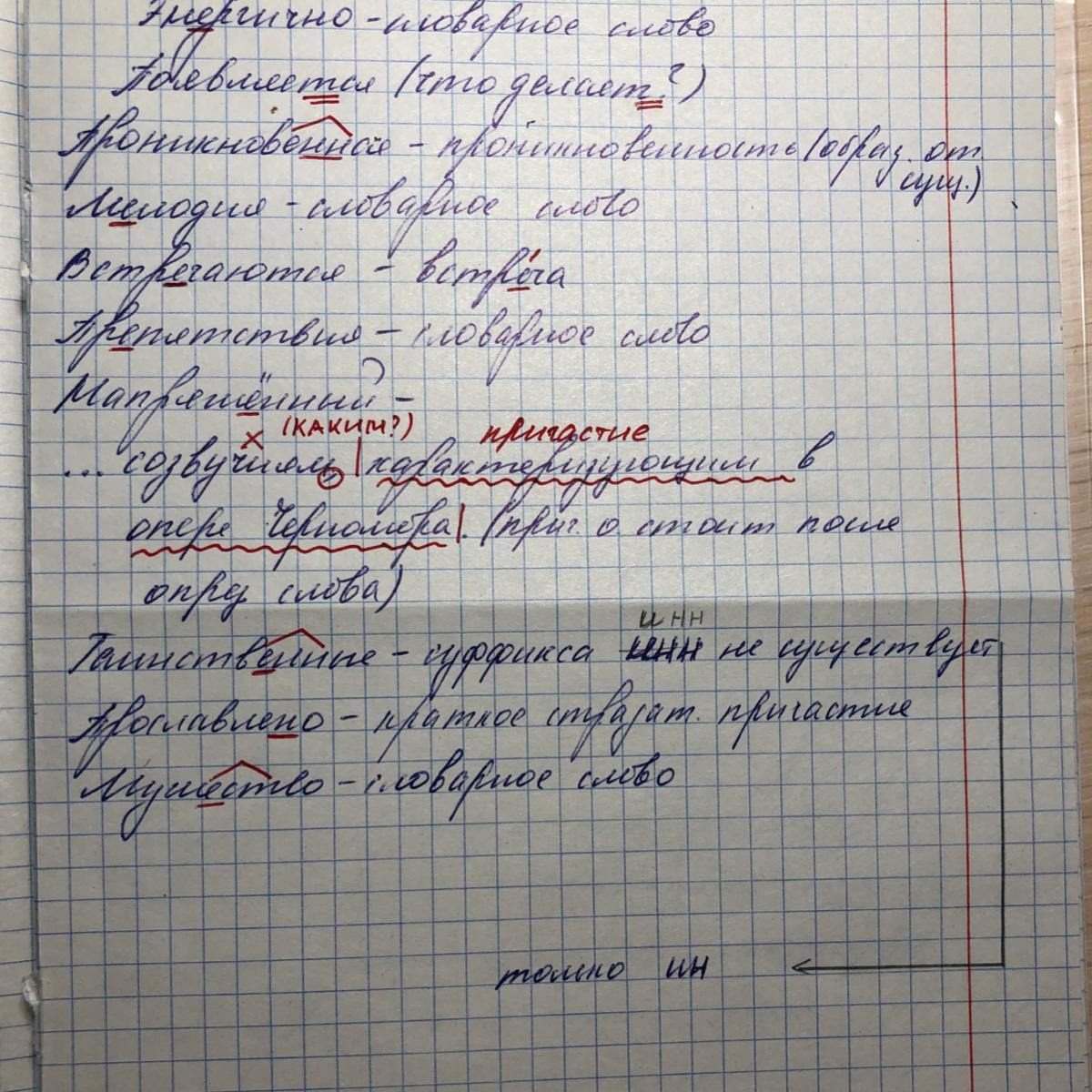Предмет: Русский язык,
автор: Аноним
Помогите пожалуйста прошу.Надо сделать работу над ошибками и объяснить их
Приложения:


Ответы
Автор ответа:
0
Ответ:
сначала нормально сфоткай. ничего не понятно
Автор ответа:
0
Если что-то возникнут вопросы - пиши)
Приложения:

Muffinnna:
Если возникнут вопросы*
Ошибку допустила в объяснении запятой.
Трудно почерк разобрать. «Созвучиями, характеризующимися» ( созвучиями какими?/ что делающими?) Надеюсь, я правильно прочла.
В любом случае, чуть та же
Трудно почерк разобрать. «Созвучиями, характеризующимися» ( созвучиями какими?/ что делающими?) Надеюсь, я правильно прочла.
В любом случае, чуть та же
Похожие вопросы
Предмет: Русский язык,
автор: oksanackvorzov
Предмет: Русский язык,
автор: lorka7575
Предмет: Окружающий мир,
автор: олеся0544
Предмет: Английский язык,
автор: gjhgy